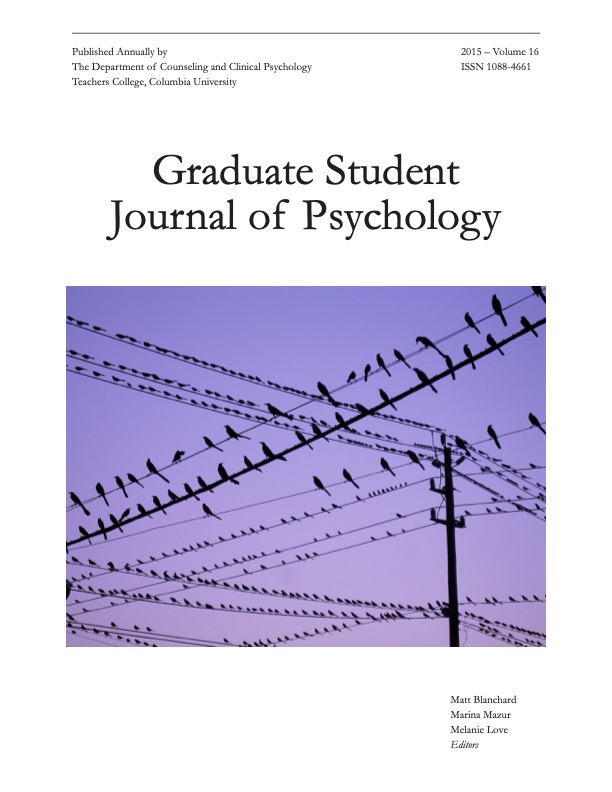Measuring Purpose in Life: A Review
Main Article Content
Abstract
Human beings are said to be unique in that we are the only meaning-making species. While purpose in life has long been a source of inquiry by religious figures, philosophers, and scholars alike, it has become an increasingly significant focus of psychological research, which has suggested that an individual’s sense of purpose in life affects their mental health in a variety of ways. With the recent emergence of the positive psychology movement, a renewed interest in the subject of purpose in life has resulted in a rapidly growing body of literature on the topic. However, purpose in life has been defined and conceptualized in many different ways – giving rise to a large breadth of instruments seeking to measure the concept. This article is intended to provide a comprehensive guide to a wide and diverse array of measures to assist beginning researchers seeking to assess purpose in life and related constructs. Although these scales can be easily located in the literature, due to differences in methodology, construct, and defining of purpose in life, this review is the only article that attempts to review all these measurements in one place for the ease of accessibility. Furthermore, few resources exist outlining the science and measurement underlying the concept. An extensive review of 26 measures of purpose in life and related constructs was completed. Careful exploration revealed that although current measures have made significant contributions to the extant literature, many of these instruments suffer from discrepancies in how purpose of life is being defined, making it difficult to capture the full breadth and nuances of the purpose in life construct and potentially hampering research on mental health outcomes. Suggestions for further research and different methodological approaches to measurement construction are made.
Article Details
Section
Articles

This work is licensed under a Creative Commons Attribution-NonCommercial 4.0 International License.
How to Cite
Schultz, D. (2015). Measuring Purpose in Life: A Review. Graduate Student Journal of Psychology, 16, 5–24. https://doi.org/10.52214/gsjp.v16i.10896

